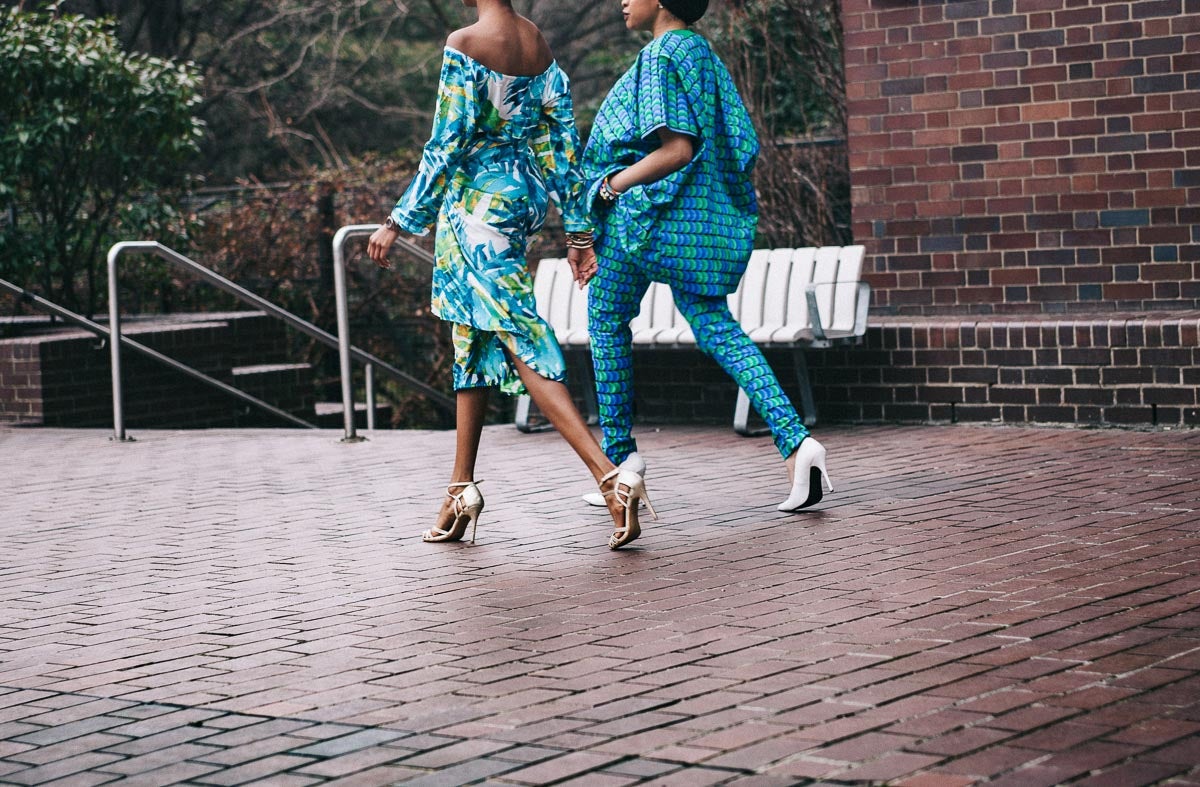When (largely male) urban planners, politicians and researchers turn a blind eye to women's needs, female residents are put in harm's way due to their urban environment.
How do cities cater to men more than women? Author and journalist Caroline Criado-Perez lays out a few ways in her book "Invisible Women."
"We have unconsciously just presented the world as male," Criado-Perez told Mashable. "Women are being left out of numbers, data, the way in which we allocate our resources, the way in which we design safety for cars, the way in which we design medicine."
Cities are largely designed for cars, which are largely driven by men
American men drive more regularly than women and women are more likely to walk or take public transportation. Therefore, the use of urban infrastructure apart from roads is more frequented by women than men, yet infrastructure funds are often pointed toward improving roadways rather than ensuring wide, connected walkways, which put women and children at greater risk.
In Criado-Perez's book, she highlights a Swedish study that found a higher likelihood of women injuring themselves when it snows and sidewalks aren't prioritized for clearing. The study found that 79 percent of sidewalk-related injuries happened in winter and 69 percent of people injured in single-person incidents (like a slip and fall on icy sidewalks) were women. In response, the city first cleared the sidewalks and bikeways, especially those near bus stops and primary schools, followed by local roads and then highways.
This change resulted in no extra costs for the municipality, but it did make the city more accessible and safer for everyone, including women and children.
Cities lose their female population at night
"Urban planning that fails to account for women's risk of being sexually assaulted is a clear violation of women's equal rights to public spaces," writes Criado-Perez in her book. "What's interesting is that [councils] often say things like, 'oh but the crime doesn't go up,' without accounting for the fact that women don't go out because we've self-imposed a curfew," Criado-Perez told Mashable.
Due to fear, many women don't go out alone or without a sense of protection at night in urban spaces.
Knowing this, a Swedish public transportation system implemented choice bus stops at night. Rather than only letting riders off at certain bus stops, the riders could designate specific drop-off points along the route to minimize their walks and expedite their trip home.
Starting to plan for women shouldn't be hard
Other ways Criado-Perez noticed women not being accounted for is in the development of crash-test dummies — which are designed to represent standard male bodies, and in data collection of predominantly female professions — like working in nail salons and frequently being exposed to chemicals linked to cancer, miscarriages and lung diseases.
By failing to collect data about women, designers and scientists look through the prism of the "default male" — "seeing men as the human default" when designing products, medicines, our streets, and cities, as Criado-Perez puts it.
To resolve this, data collection needs to specifically identify women. "The data gap to me is at the heart of basically everything about the way women are discriminated against," she said. "We don't see their bodies, we don't see their lives, therefore the world does not account for them."
Additionally, having more women at the table will encourage the inclusion of thinking more about women in society.
“It’s about diversity of thought – who’s on stage, who’s in the cabinet, who’s represented in statues,” urban anthropologist Katrina Johnston-Zimmerman told Apolitical. “As women are increasingly accepted and given the opportunity to lead in different ways, I think we’re on the cusp of something very exciting.”

